6 Strategies To Combat Urban Heat Island Effect
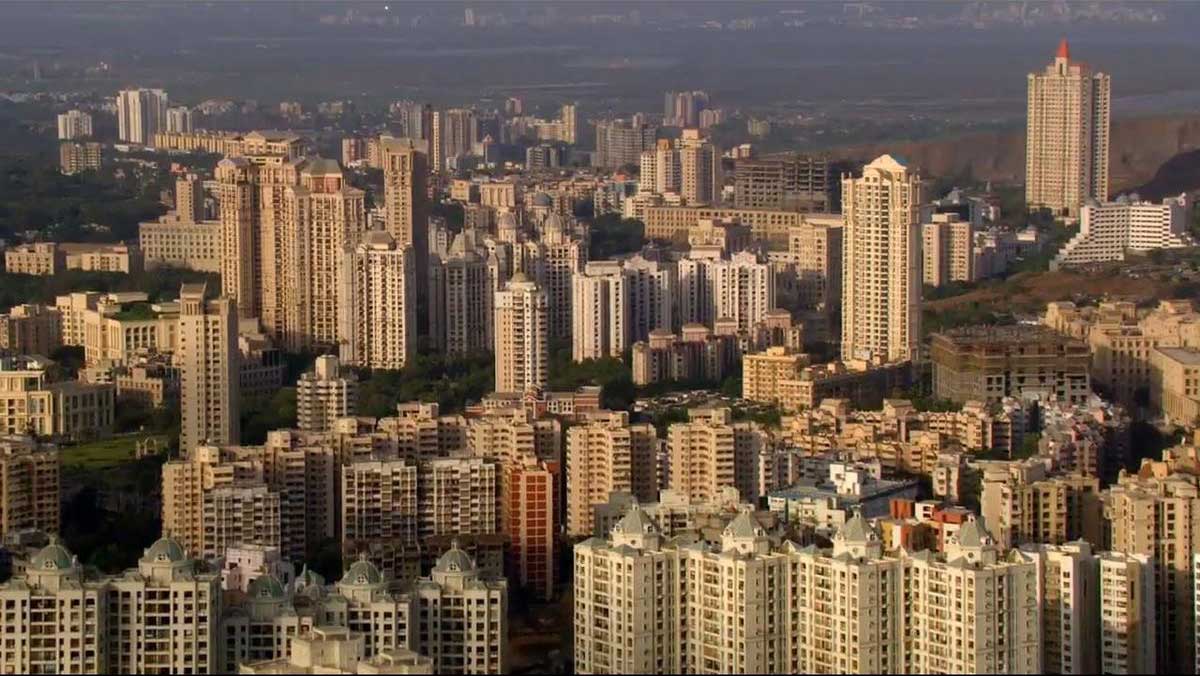
The urban heat island effect occurs when cities experience significantly higher temperatures than surrounding rural areas. The phenomenon arises due to urbanisation as buildings, roads, and other man-made infrastructure take over natural, blue-green landscapes of forests and rivers. The reason: building and paving materials have a high thermal capacity, absorbing and storing solar energy in large amounts and dissipating this energy over extended periods.
The UHI effect adversely impacts the health of urban dwellers. High temperatures result in heat stress, leading to dehydration, fatigue, and sometimes even heatstroke. In fact, 309.2 million people in India [1] are at high risk due to a lack of access to cooling, and 90% of Indians are vulnerable to heatwave impacts.[2] Uncomfortably hot conditions discourage people from going out in the city too, thus affecting the livelihoods of those like street vendors who are dependent on staying out for their income.
The UHI effect also impacts urban biodiversity and worsens air quality by trapping pollutants like smog, therefore increasing air pollution and contributing to respiratory problems.
Here are six strategies that can help mitigate the Urban Heat Island effect.
Increasing green cover by planting trees and shrubs creates more shade, reduces heat absorption, improves air circulation and filters out air pollution, creating a cooler microclimate within the city.

Water bodies act like heat sinks, absorbing and storing thermal energy from the surrounding environment. They gradually expel energy into the atmosphere, where the evaporating water molecules take the heat with them, creating a cooling effect in the surrounding air.
Using materials with reflective qualities can significantly reduce heat absorption, leading to cooler and more comfortable urban environments.
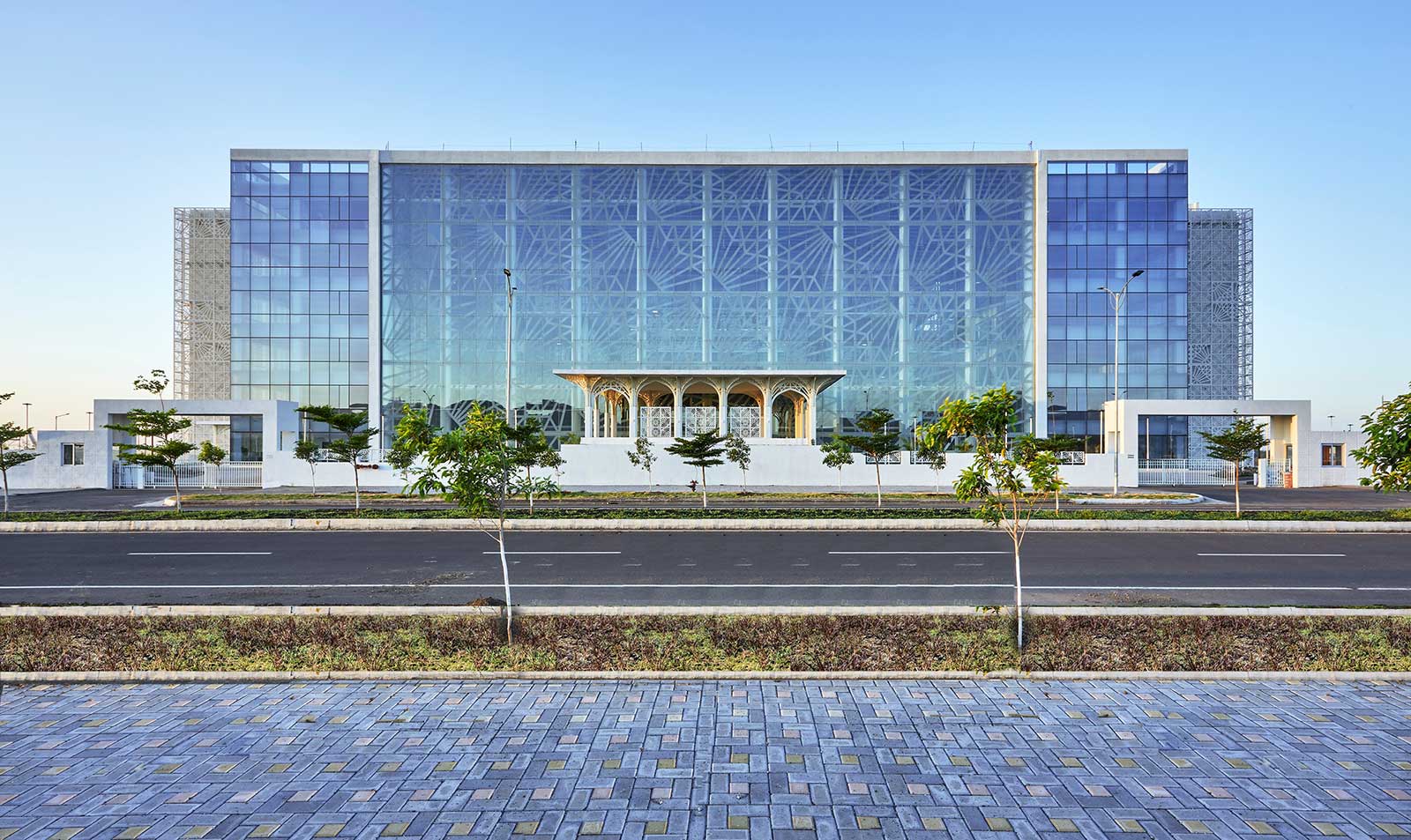
This is something we explored in our design for the AURIC Hall in Aurangabad, where we reduced the area of heat-absorbing surfaces by covering 100% of the roof with high-reflective materials (~ 3,000 sqm).
Preserving and nurturing natural resources in dense cities such as lakes and urban forests is crucial as they reduce heat absorption, promote natural cooling, improve air quality, increase moisture retention, thus creating cooler microclimates and healthier ecosystems.
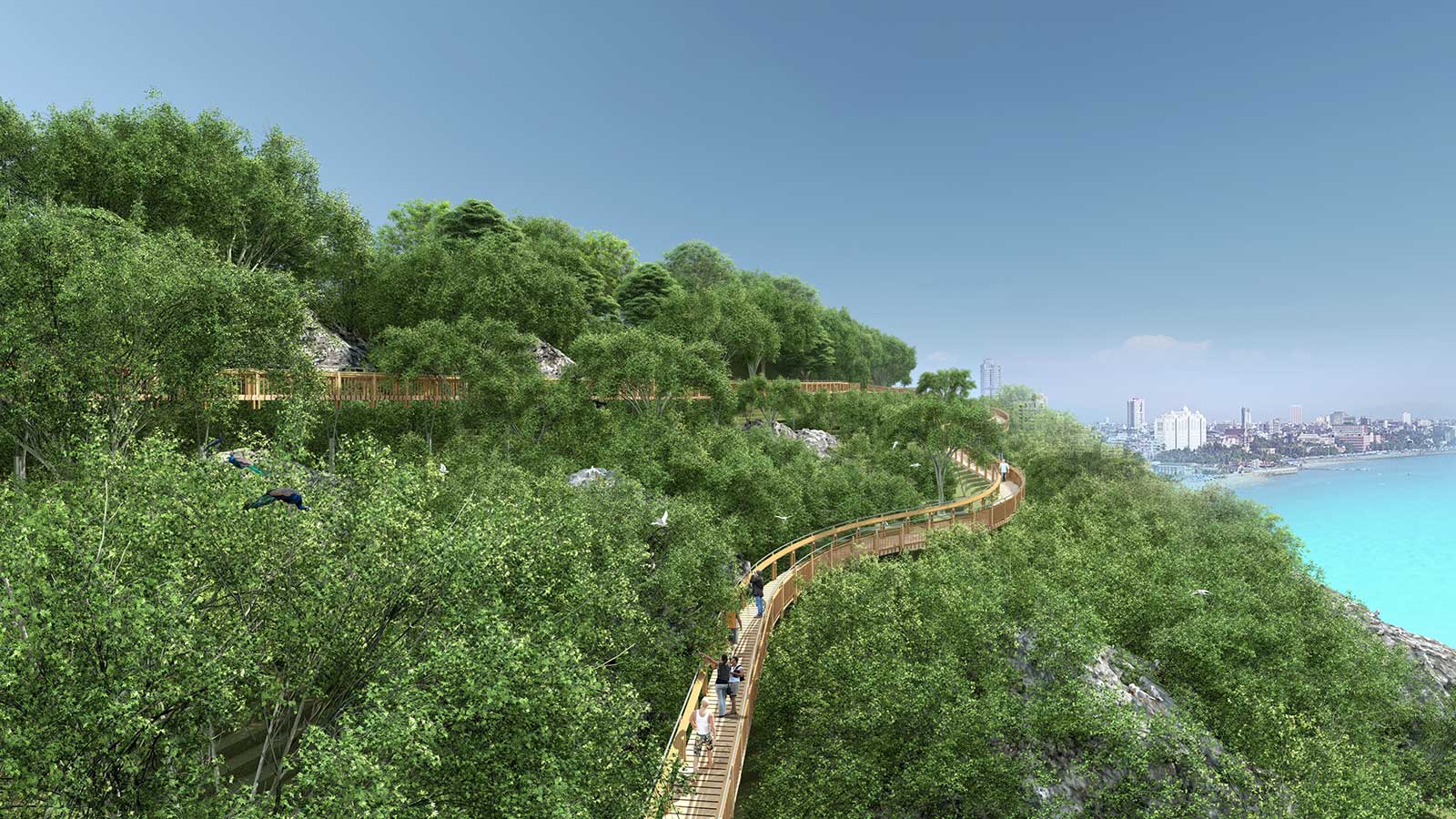
For instance, our design for the Malabar Hill Forest Trail in Mumbai catalyses the preservation and restoration of one of the last remaining forests in the city. It also showcases how the built can coexist with the unbuilt and nature. The elevated walkway explores the 12-acre forest without harming a single tree, utilising 2m to 10m tall cylindrical steel columns designed according to the terrain.
Investing in infrastructure for public transport, such as metros and buses, rather than creating urban expressways for private transport that only serve a small number of city residents can optimise the amount of asphalt, concrete and other paving that must be created to serve the needs of growing urban centres. Public transportation can also lower fuel consumption, thereby decreasing energy intake and air pollution.
Similarly, in homes, offices and parks, reducing the amount of paving by integrating grass pavers helps lower the UHI effect while also allowing for water percolation into the soil.
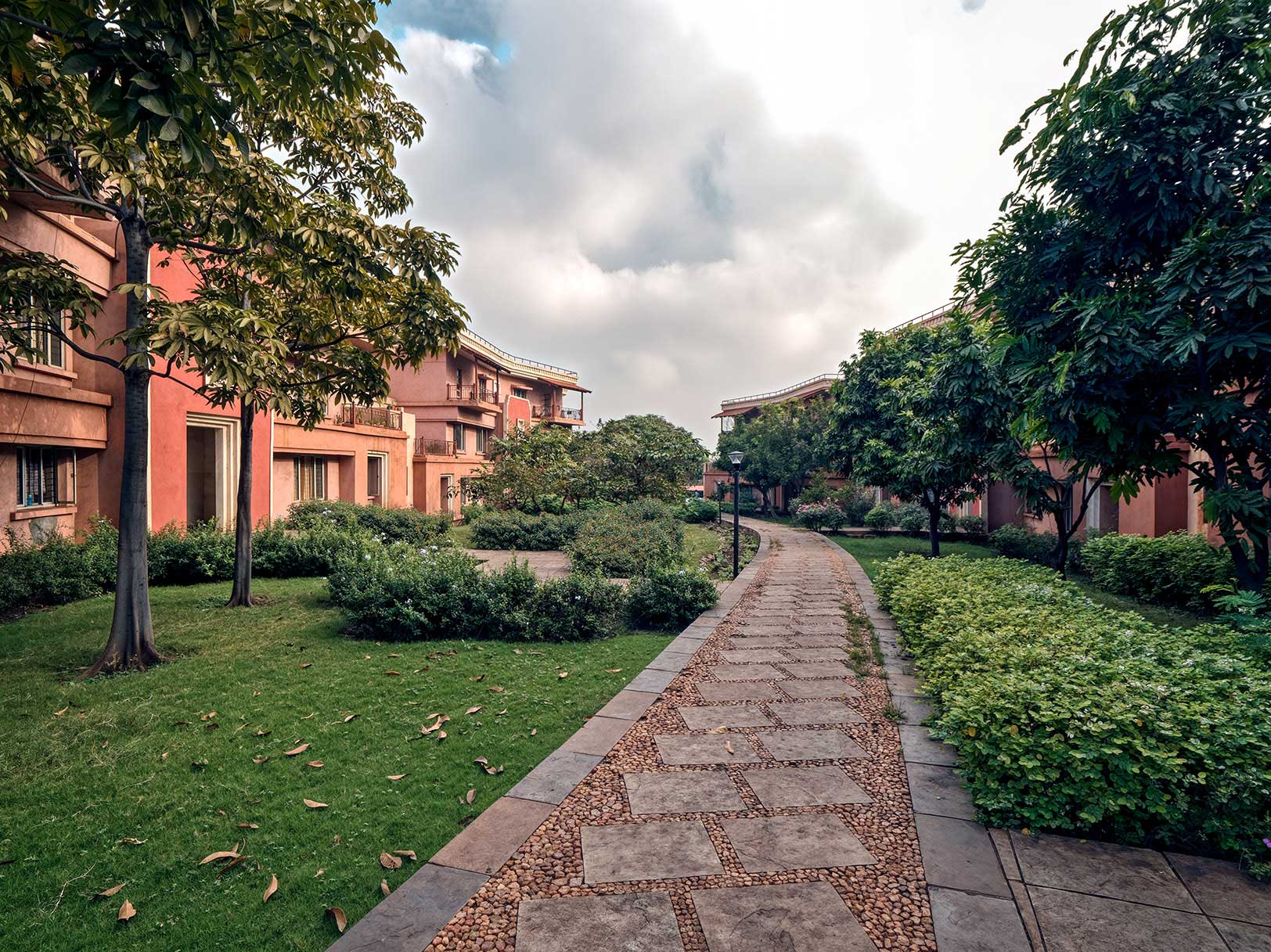
To cope with the high temperatures that the UHI effect creates, urban dwellers depend on air conditioning or other cooling devices, thus increasing energy intake, leading to more GHG emissions and eventually contributing to global warming.
Integrating passive strategies into the design of buildings by understanding regional context and climate and using it to inform the building’s form, orientation and details, such as shading, can help significantly lower heat gain and thus the need for cooling. Conscious design decisions, such as using energy-efficient equipment and services, can also help reduce operational energy consumption.
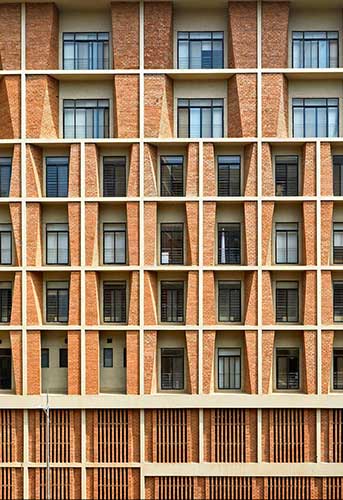
For example, at the Symbiosis University Hospital and Research Centre(SUHRC) at Lavale near Pune, our design created a modular jaali screen for the facade to help regulate airflow, lower internal temperatures, and enhance natural lighting. The building has energy-efficient systems and fixtures for mechanical services like elevators, transformers, chillers and lighting, significantly saving resources and operational costs.


